ChatLingo - Advanced Translation AI
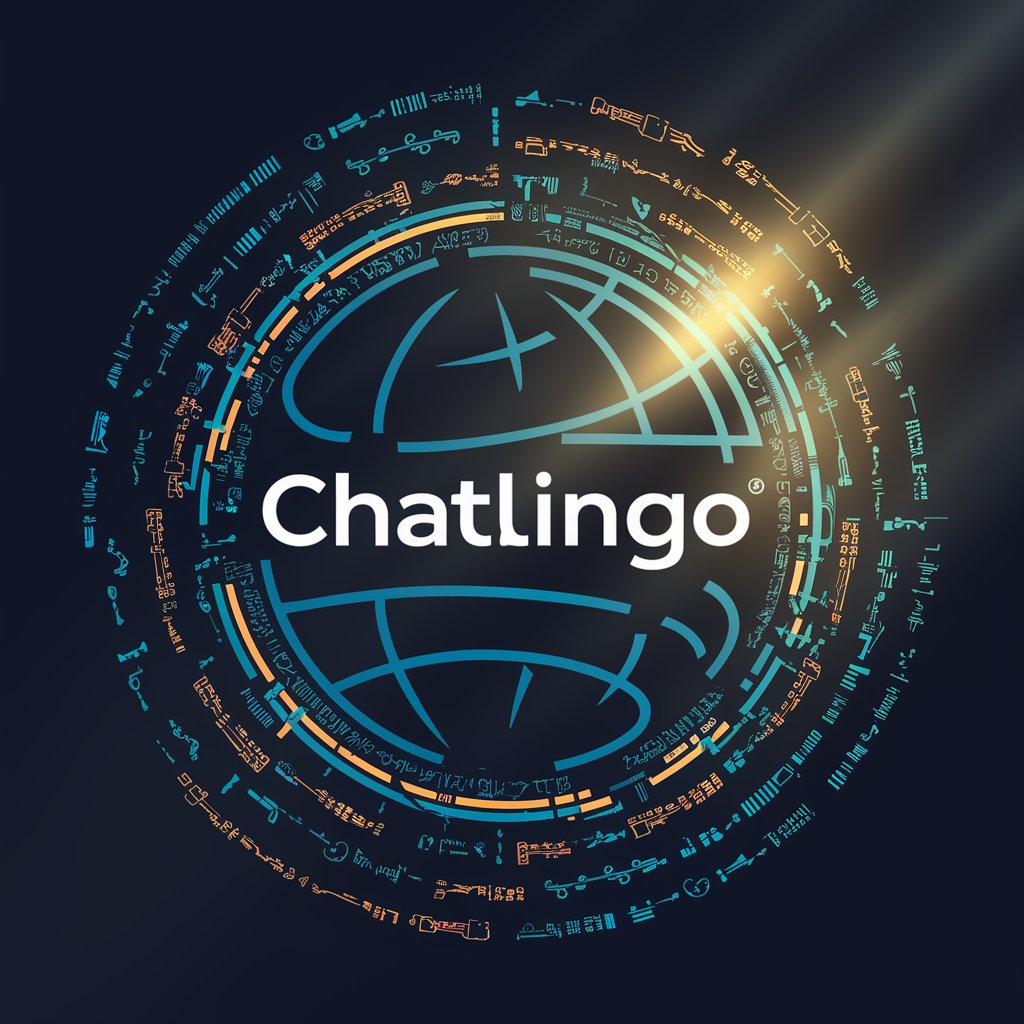
Welcome to ChatLingo, your bridge between ancient and modern languages.
Bridging Languages with AI Power
Translate the following ancient text into modern English:
Convert this modern text into Latin:
What is the translation of this historical document:
Provide a translation for this text in Ancient Greek:
Get Embed Code
Understanding ChatLingo
ChatLingo is an advanced translation tool designed to bridge the gap between languages, both modern and ancient. Unlike standard translation services, ChatLingo combines state-of-the-art language detection, speech-to-text, and text-to-speech functionalities with a deep understanding of historical and academic texts. This enables it to offer accurate translations across a wide range of languages and dialects, including those that have ceased to be used in everyday conversation but remain of significant academic interest. For instance, a user might input a snippet of text in ancient Greek, and ChatLingo would not only provide a precise English translation but could also offer context or cultural significance where relevant. Its design purpose is to serve as a comprehensive linguistic bridge, facilitating a deeper understanding and appreciation of languages across time and space. Powered by ChatGPT-4o。

Core Functions of ChatLingo
Language Detection
Example
Detecting between closely related languages or dialects, like distinguishing between Classical Latin and Medieval Latin based on textual inputs.
Scenario
An historian uploads a document for translation, unsure of its specific linguistic origin. ChatLingo accurately identifies the dialect as Medieval Latin, ensuring a more accurate translation and understanding of the text.
Speech-to-Text and Text-to-Speech
Example
Converting spoken ancient Egyptian (as closely as it can be reconstructed) into written text, and vice versa.
Scenario
An Egyptologist records a spoken phrase based on their interpretation of ancient Egyptian hieroglyphs. ChatLingo converts this recording into written text for further analysis and can also read the text back in the reconstructed pronunciation, aiding in linguistic research.
Translation Between Ancient and Modern Languages
Example
Translating a paragraph from modern Spanish into Classical Greek.
Scenario
A language enthusiast is curious about how a contemporary news article would have been conveyed in Classical Greek. They input the Spanish text, and ChatLingo provides a translation that captures not only the literal meaning but also adapts idiomatic expressions into their ancient equivalents where possible.
Who Benefits from ChatLingo?
Academics and Researchers
Individuals engaged in the study of ancient texts, languages, or civilizations. ChatLingo assists them in translating and interpreting texts that are crucial for their research, enabling a deeper understanding of historical contexts and linguistic nuances.
Language Enthusiasts
People fascinated by languages, especially those interested in the study and comparison of ancient and modern languages. They use ChatLingo to explore linguistic evolution, practice translation skills, and satisfy their curiosity about how different languages convey meaning.
Educators and Students
Teachers and learners in the fields of linguistics, history, and archaeology can utilize ChatLingo to access ancient texts in their original languages, make learning materials more engaging, and provide students with a direct link to the past through the languages that shaped our world.

How to Use ChatLingo
Start with a Trial
Head to yeschat.ai to begin your journey with ChatLingo, offering a complimentary experience without the need for account creation or a ChatGPT Plus subscription.
Select Language Pair
Choose the languages you wish to translate between. ChatLingo supports a wide range of modern and ancient languages, catering to diverse linguistic needs.
Input Your Text
Enter the text or upload a document you need translated. Ensure the content is relevant to ChatLingo's focus areas for optimal translation accuracy.
Receive Translation
ChatLingo processes your request using advanced AI, providing a high-quality translation that considers context, cultural nuances, and the specificities of ancient languages.
Review and Refine
Review the translation provided. You can make adjustments or ask for clarifications to ensure the output meets your expectations.
Try other advanced and practical GPTs
Health Hawk
Tailoring Nutrition, Enhancing Health - Powered by AI

Legal Hawk Review
Empowering your legal documents with AI
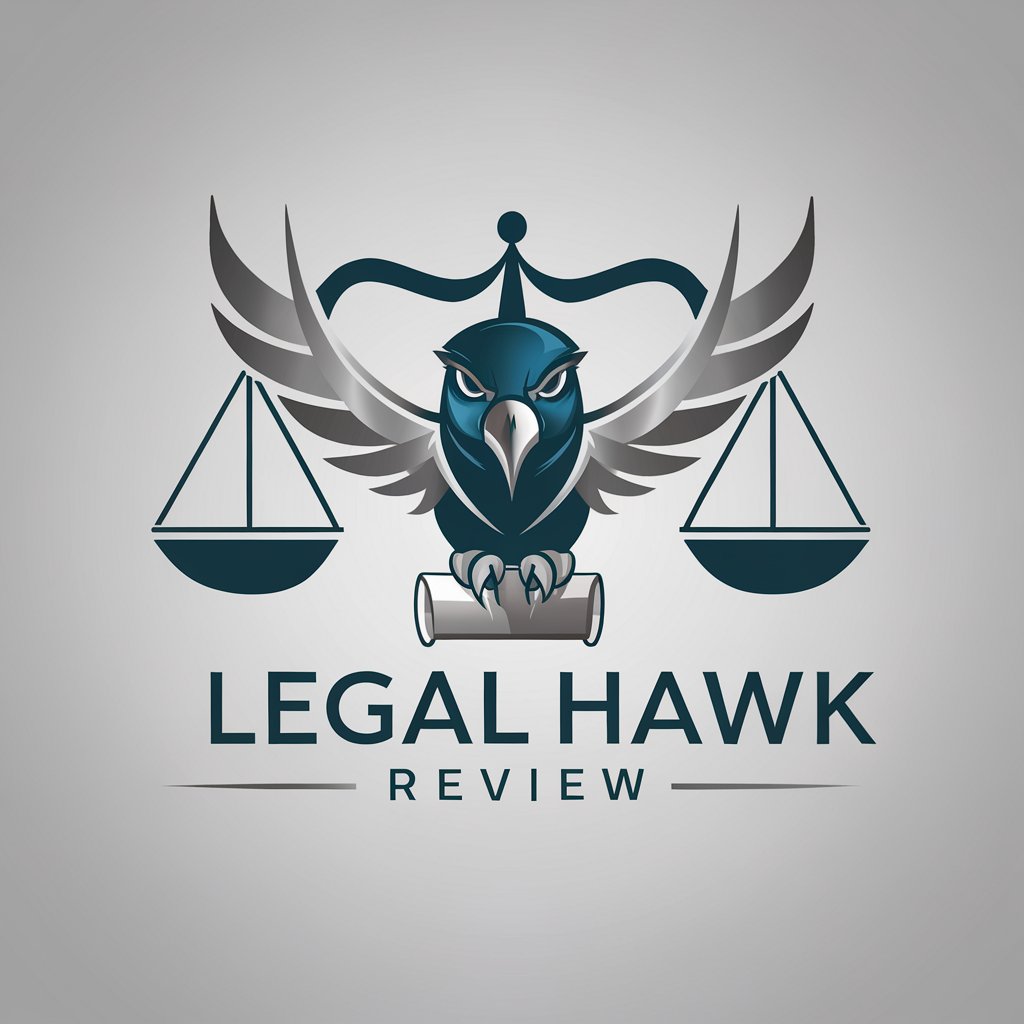
parsing programmer
Extract data seamlessly with AI
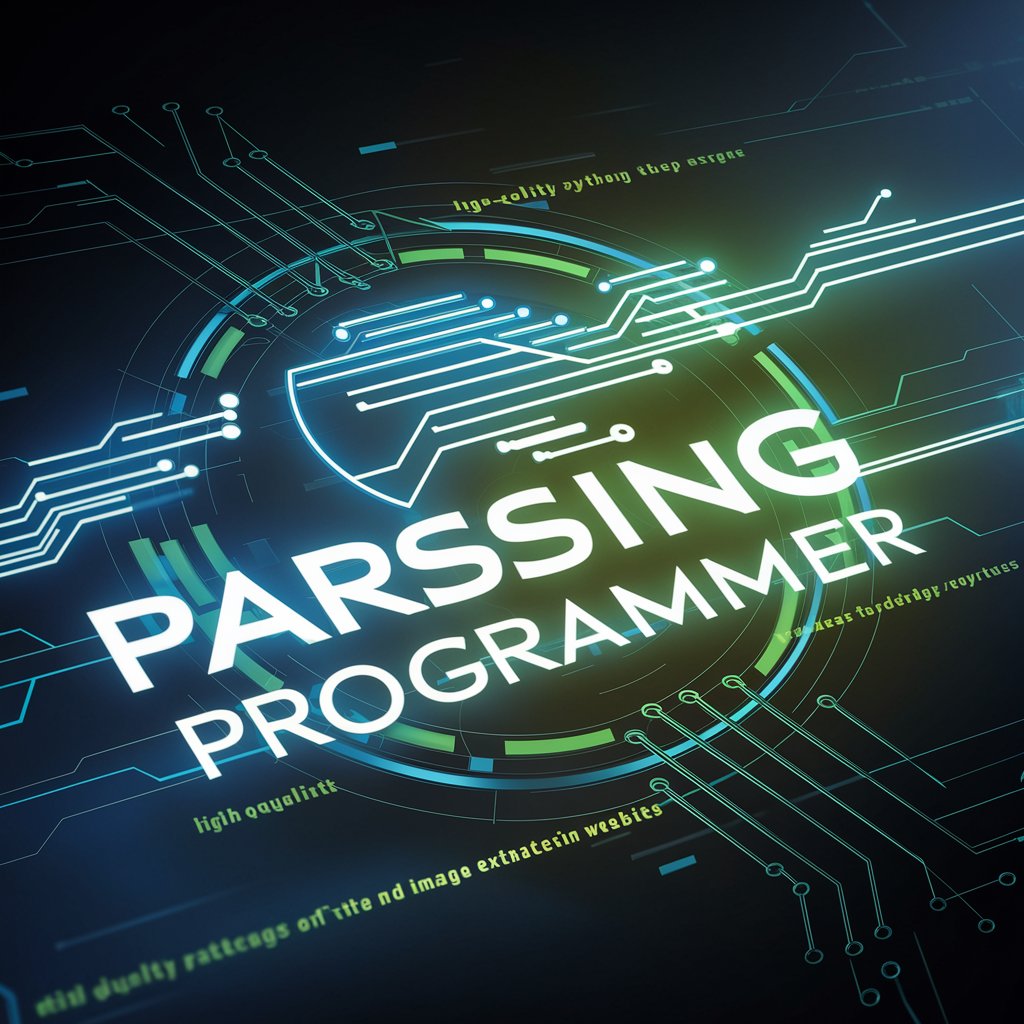
Python Parsing Pro
Empower your data parsing with AI
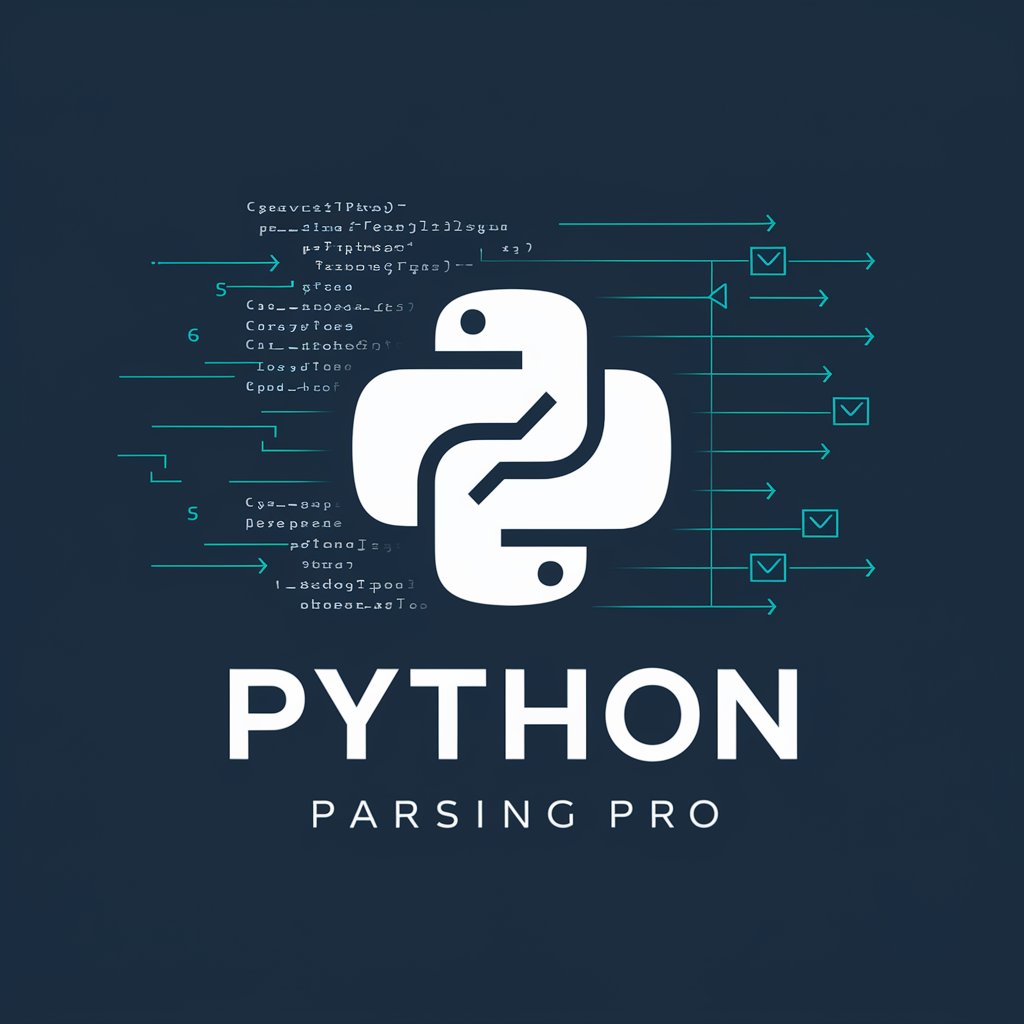
George Mason Parking Assistant
Navigate campus parking with AI precision.

AI-Powered Email Parsing Expert
Transform emails into actionable insights with AI.
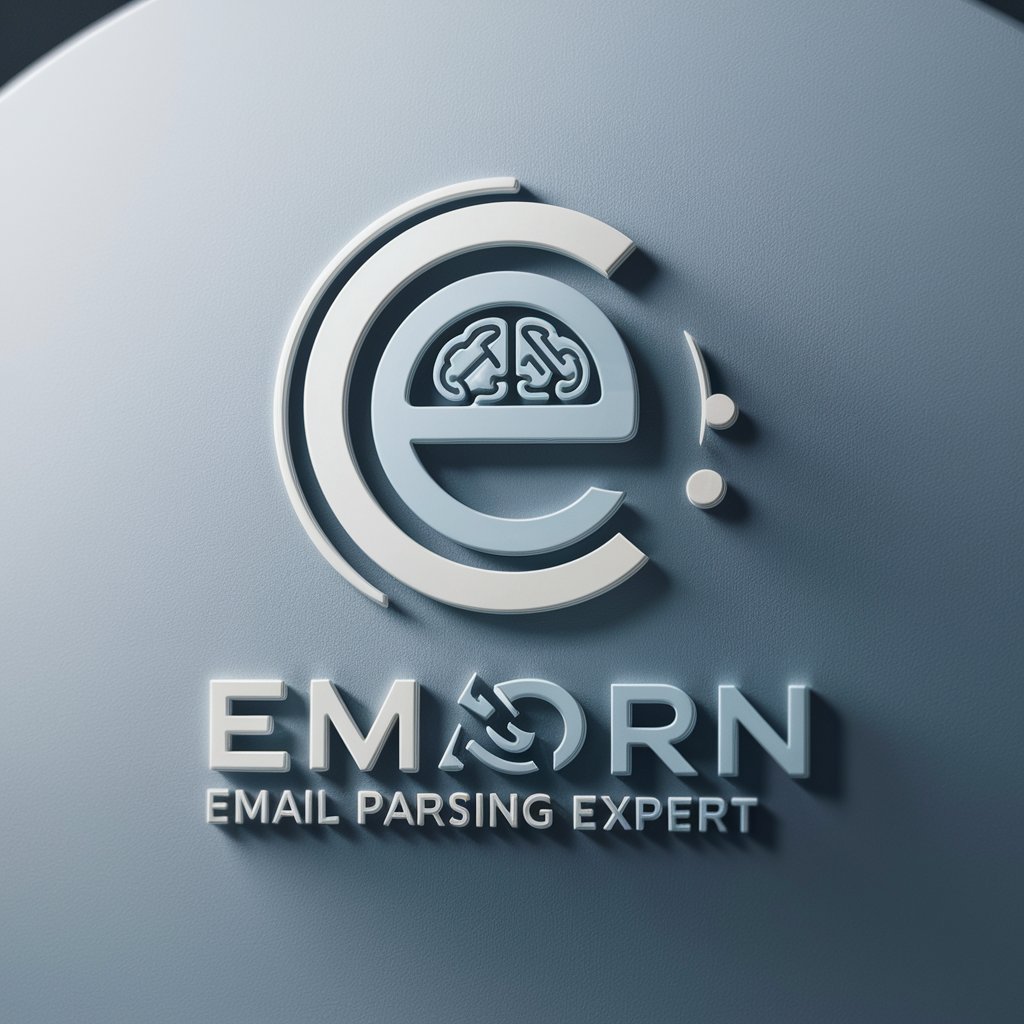
Lease Law Hawk NC
Empowering Landlords with AI-Powered Legal Assistance

Modbus Hawk
Your guide to mastering Modbus communication.

Black Hawk Illustrator 3.0
Bringing Stories to Life with AI

Finance Hawk
AI-Powered Financial Analysis, Simplified

Blue Hawk Marketing
Elevating Tactical Brands with AI Power

Nurse's Aide GPT
Empowering Nursing Students with AI

Frequently Asked Questions about ChatLingo
What languages can ChatLingo translate?
ChatLingo specializes in translating a wide range of languages, from widely spoken modern tongues to lesser-known ancient languages, enabling users to explore historical texts and conduct research in linguistics and archaeology.
How does ChatLingo handle translations of ancient languages?
Leveraging AI and a vast database of linguistic resources, ChatLingo accurately translates ancient languages by understanding historical context, cultural nuances, and the evolution of language, offering insights into the past.
Can ChatLingo translate academic papers?
Yes, ChatLingo is equipped to translate academic and professional texts, including papers, articles, and reports, ensuring that scholarly work is accessible across language barriers.
Is ChatLingo suitable for learning a new language?
While primarily a translation tool, ChatLingo can aid language learners by providing accurate translations and insights into the usage of languages, thereby serving as a supplementary learning resource.
How can users ensure the best translation results with ChatLingo?
For optimal translations, users should provide clear, context-rich texts. Utilizing the feedback feature to refine translations further enhances accuracy and the overall experience.
